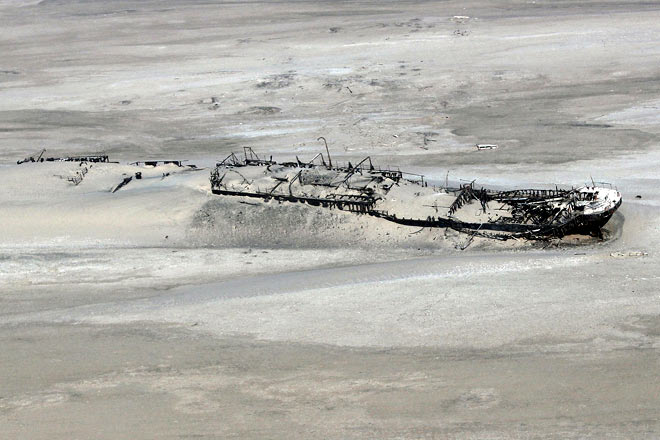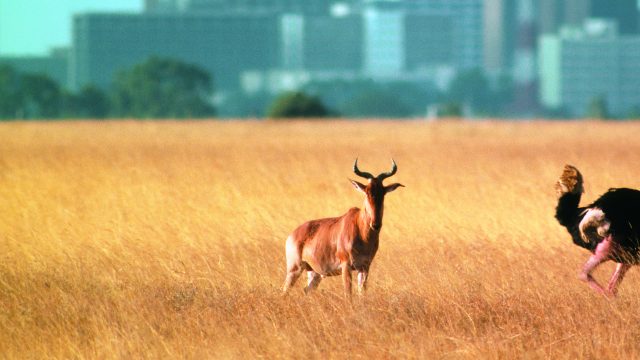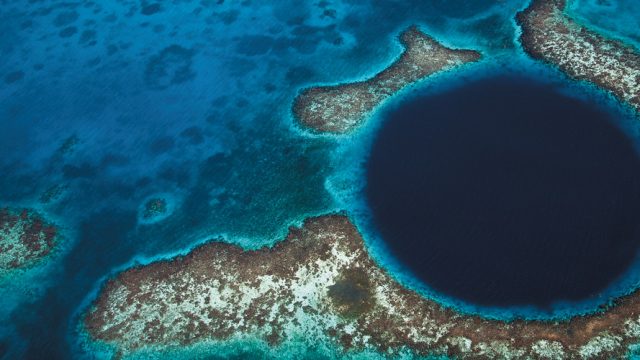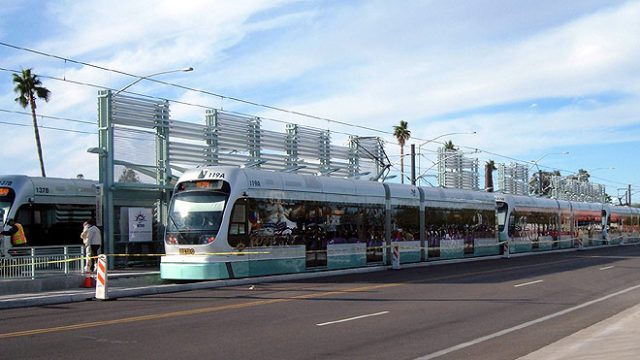A tendril of cold seawater called the Benguela Current creeps from Antarctica up the west coast of
When the fog disperses, it reveals a grim vista: the rusty ribs of an ocean vessel buried in sand here, the grave of an unknown sailor there, the wreckage of an aircraft further up. Journalist Sam Davis, who covered the disappearance of a Swiss pilot here in 1933, gave this place its name; the so-called Skeleton Coast, a narrow tract of desert 500 km long and 30-40 km wide between the Ugab river in the south and the Kuenene river in the north, is littered with the remains of those insufficiently respectful of its savage climes. Because if the crew of a ship survived the treacherous reefs of the shore, they died at the hands of the implacable Namib. Talk about a rock and a hard place.
The dunes, tinted red by the iron oxide content of the sand and some of the highest in the world, shift and blow swiftly, so that tracks and wrecks alike are constantly buried, uncovered, moved miles inland. These are barchan (crescent-shaped) dunes which make an awesome roaring sound when the warm, dry sand at the crest begins to slide down the slope of the dune, blown by a wind locally—and onomatopoeically—known as the ‘soo-oop-wa’.
If you do one of the safaris that operate along what is now Skeleton Coast National Park (designated in 1963), you’ll fly over some of the wildest and loveliest terrain in the world. And over some of the most famous wrecks in it, now floating in a sea of sand: the steamer Eduard Bohlen wrecked in 1909; the Dunedin Star made famous by John C Marsh’s book about the 1942 shipwreck, the Ventura bomber that attempted a rescue; the Otavi, foundered in 1945; the fishing boat Karimona, wrecked in 1971; the Montrose stranded in 1973; the Girdleness and the Benguela Eagle, both wrecked in 1975; the Suiderkus, beached on her maiden voyage in 1976. You won’t see countless wrecks that have disintegrated under the pounding of wind, sand and water since the 15th century when the first Portuguese ships came by here.
The only signs of human habitation on the Skeleton Coast are mining shacks in this diamond-rich area. (To prevent flooding world markets with the stones, the government long ago shut down mining.) But there is life: the nomadic Himba people live in what is called the Kaokoveld (‘Coast of Loneliness’), rubbing fat, ash and ochre on their skins to keep them moist and wrinkle-free. The damp fogs of the coast and the four rivers that drain westward nurture many plants and animals: the desert-adapted elephant, the black rhino and the lion, for instance, and the Welwitschia mirabilis, an astonishing plant which can live for upto 2,000 years and is therefore excused for looking very like a tired, untidy heap of old ribbon and twine lying in the sand.
Go and see the Skeleton Coast once before you die. Many companies will guide you through the southern bits of the park. You have to fly with the single company authorised to operate in the northern portions, and the expense (over $2,000) is enough to kill you. But then, there’s no better place in which to turn up your toes.
must visit before you die
Namibia
shipwrecks





